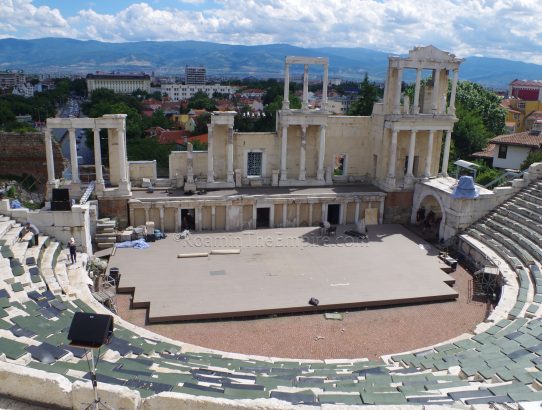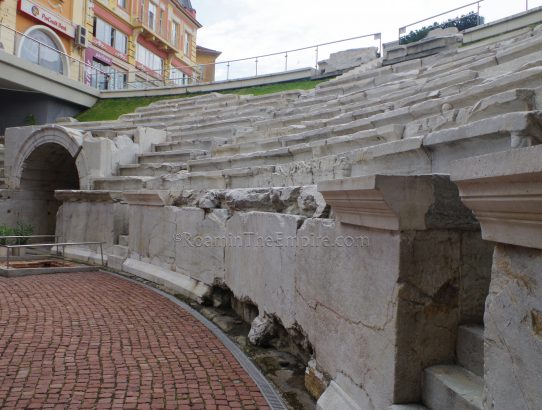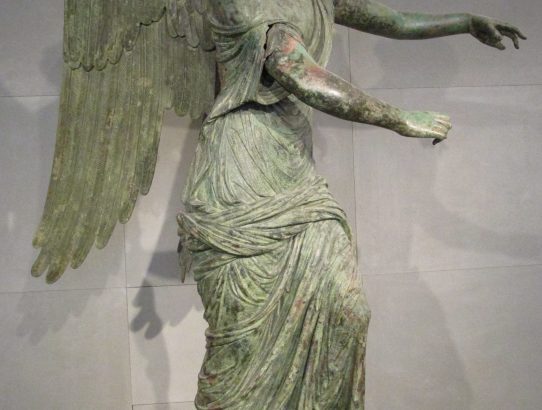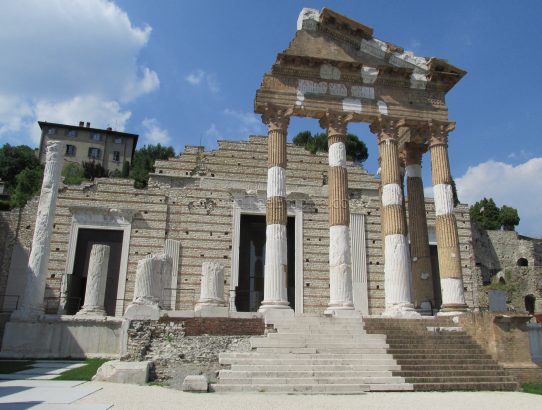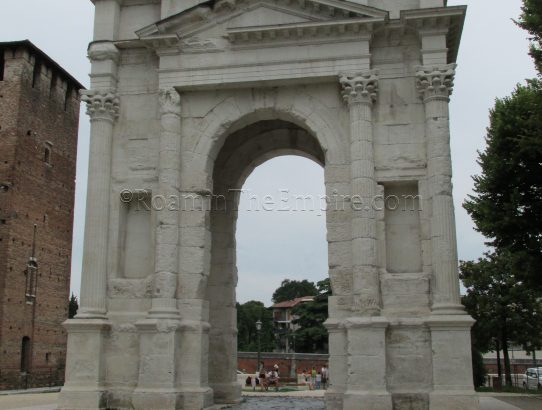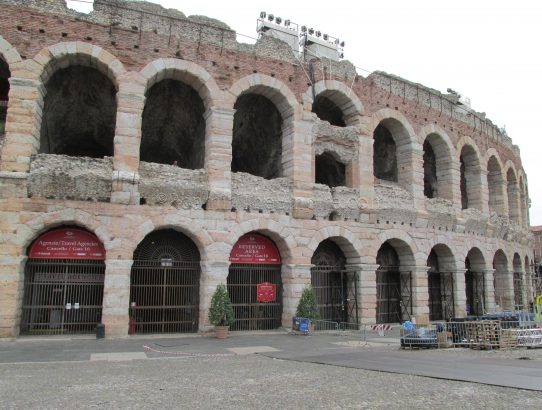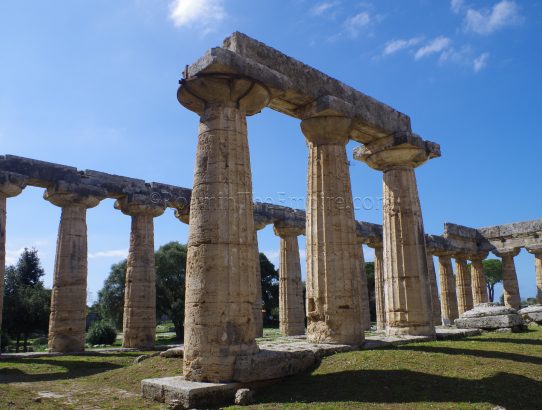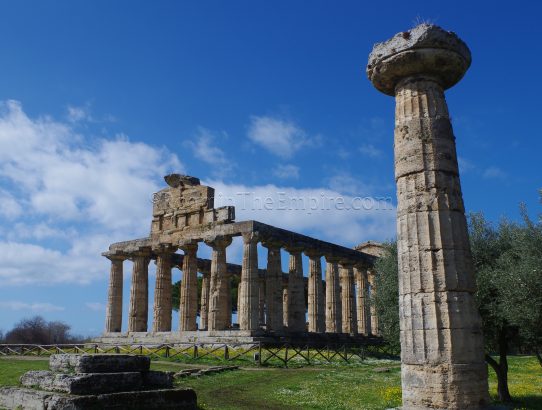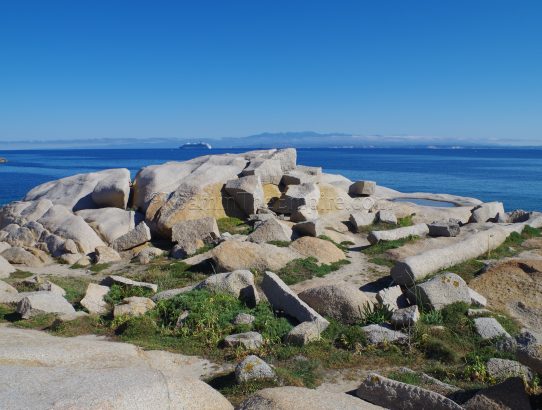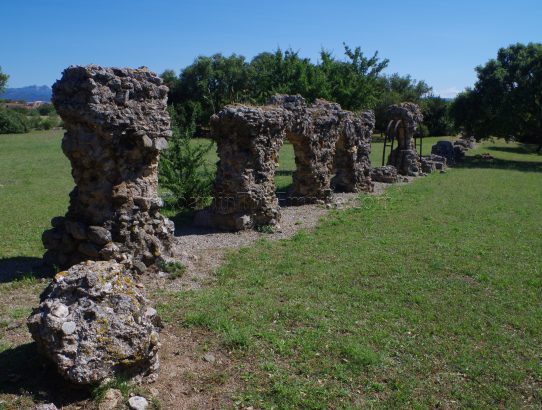Philippopolis, Thracia – Part III
Continued from Philippopolis Part II Theater The ancient theater of Philippopolis is located on the saddle between Taksim Hill and Dzhambaz Hill (two of the three hills of Trimontium) straddling Boulevard Tsar Boris III Obedinitel, which runs through the hill directly below the theater. The actual address of the theater is Tsar Ivaylo Street 4….
Read More


